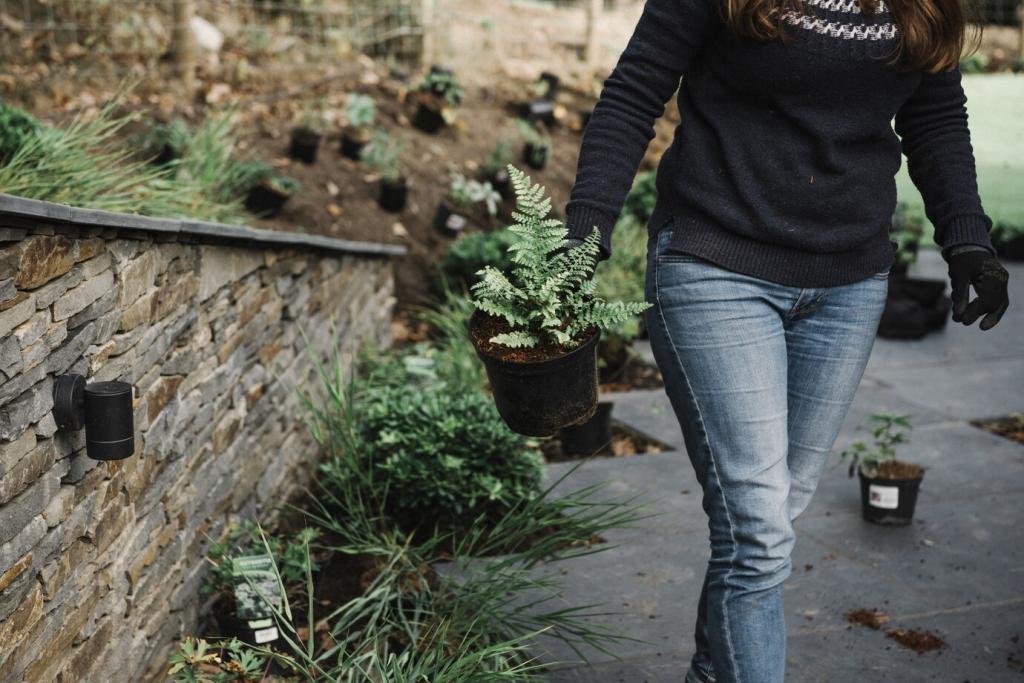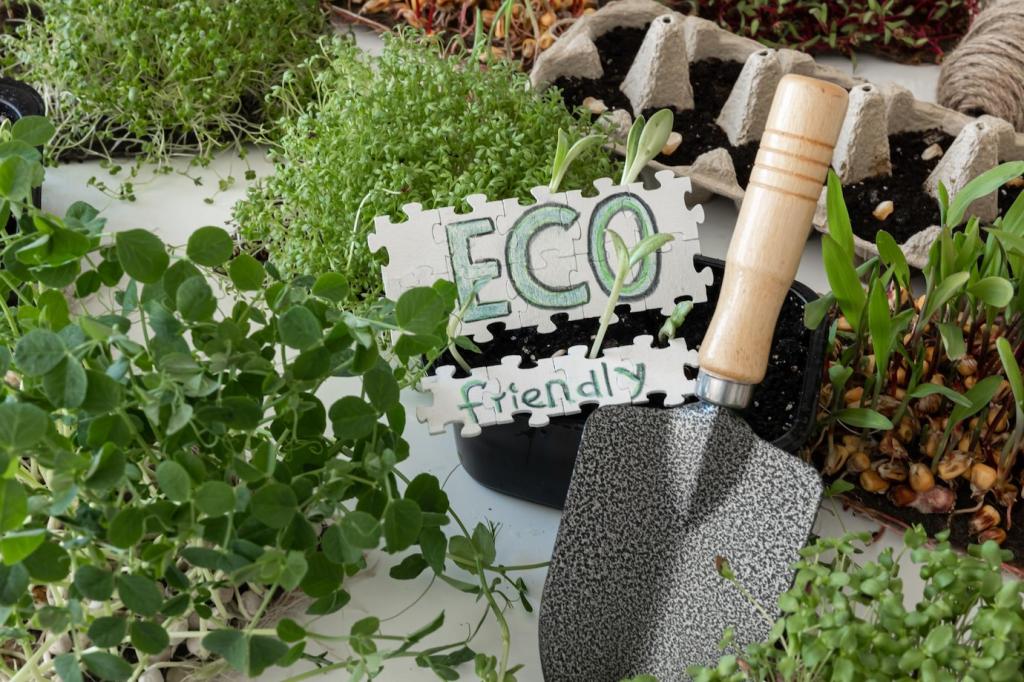
Water Conservation Techniques in Landscaping: Design Beauty That Sips, Not Guzzles
Today’s chosen theme is “Water Conservation Techniques in Landscaping.” Explore practical, inspiring ways to create landscapes that flourish with less water. Stick around, subscribe for monthly water-wise tips, and share your own conservation wins with our community.
Reading Evapotranspiration Like a Gardener’s Weather Report
Evapotranspiration tells you how quickly landscapes lose moisture through plants and soil. Track it weekly, then align irrigation to actual needs, not guesses. Share your favorite local ET resources, apps, or extension links to help neighbors water smarter together.
Soil Structure and Organic Matter: The Hidden Reservoir
Healthy soil acts like a sponge. Incorporate compost, biochar, and leaf mold to boost infiltration and water-holding capacity. Perform a simple jar test, then post your results and photos. Let’s compare textures and discuss which amendments worked best.
Hydrozoning: Grouping Plants by Thirst
Arrange beds so high-, medium-, and low-water plants live in separate zones. This reduces waste and makes scheduling straightforward. Show us your hydrozone sketch, and tell readers which tricky microclimates required tweaks after the first hot, windy week.

Weather-Based Controllers and Local Data
Controllers that use weather and soil data adjust watering automatically, saving significant water during cool or humid periods. Calibrate zones carefully and verify run times outdoors. Ask questions below if you’re unsure about sensor placement or initial programming choices.
Drip and Microirrigation Done Right
Deliver water directly to roots with emitters sized for plant needs. Use pressure regulators, filters, and check valves to keep flows consistent. Share before-and-after photos of your conversion from spray to drip, and note maintenance routines that prevented clogs.
Seasonal Scheduling and Deep, Infrequent Watering
Water less often, but longer, to encourage deep roots and resilience. Reduce minutes as days shorten and rains return. Post your monthly adjustment strategy and results. Others can adapt your schedule by climate zone and plant palette for better outcomes.
Plants That Thrive on Less: Choosing and Establishing Drought-Resilient Species
Natives often match local rainfall patterns and soils, needing less supplemental water. Combine them with well-chosen exotics adapted to your climate. Comment with top performers from your garden, noting bloom times, pollinator value, and how they handled last summer’s heat.

Design to Capture and Reuse Every Drop

A rain garden planted with deep-rooted natives handles runoff beautifully. Size it based on drainage area and soil infiltration rates. Share your planting palette and overflow route, plus how the first serious storm tested the design under real conditions.

This is the heading
Lorem ipsum dolor sit amet, consectetur adipiscing elit. Ut elit tellus, luctus nec ullamcorper mattis, pulvinar dapibus leo.

This is the heading
Lorem ipsum dolor sit amet, consectetur adipiscing elit. Ut elit tellus, luctus nec ullamcorper mattis, pulvinar dapibus leo.
Stories, Metrics, and Community Momentum
A Front Yard Transformation That Cut Use Dramatically
One family replaced turf with natives, added drip, and captured roof runoff. Within one season, their summer bills dropped and pollinators arrived. Share your before-and-after photos and the single change that produced the biggest water savings for you.
Measure What Matters, Celebrate Progress
Track irrigation minutes, rainfall, and plant health with simple logs. Celebrate reductions while noting trade-offs like establishment needs. Comment with your most helpful metric and any free tools you recommend to keep conservation goals realistic and motivating year-round.
Neighbors, Rebates, and Shared Tools
Leverage local rebates for controllers, rain barrels, and turf replacement. Pool resources for trenchers, levels, or soil tests. Tell us which incentives you claimed and how neighbor collaboration accelerated projects, lowered costs, and strengthened commitment to water-wise landscaping practices.
